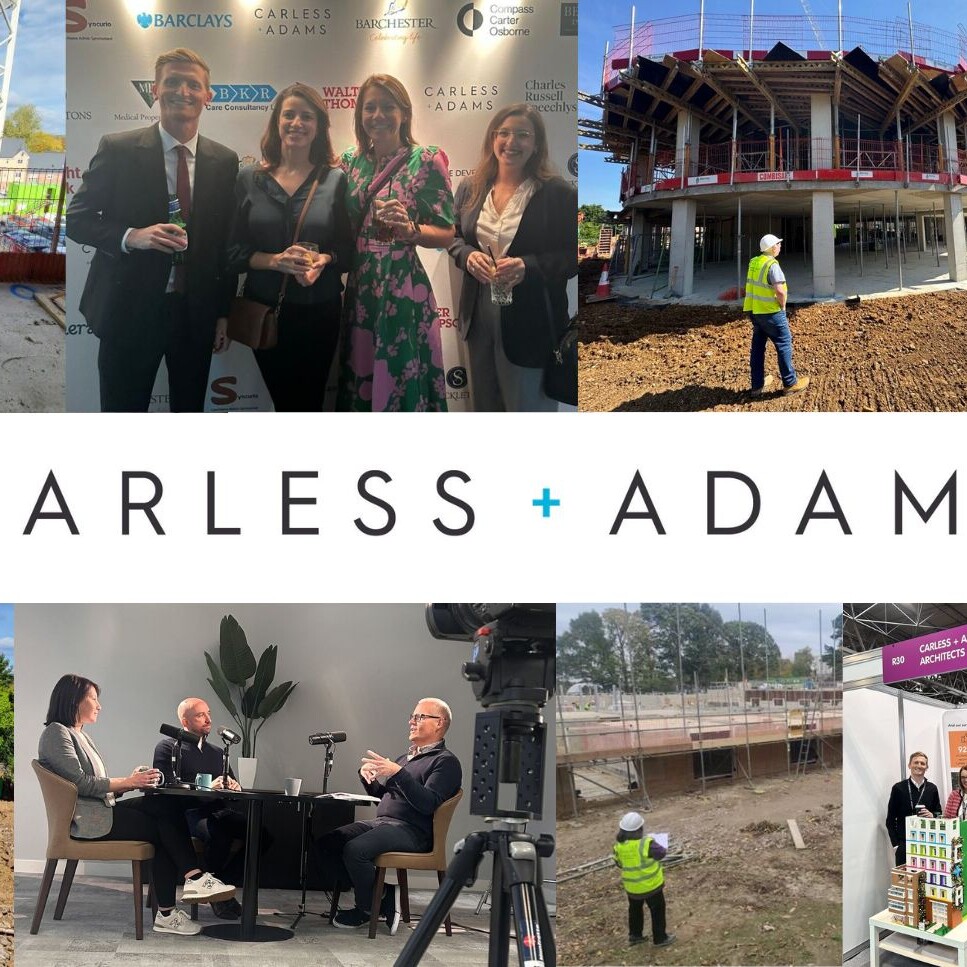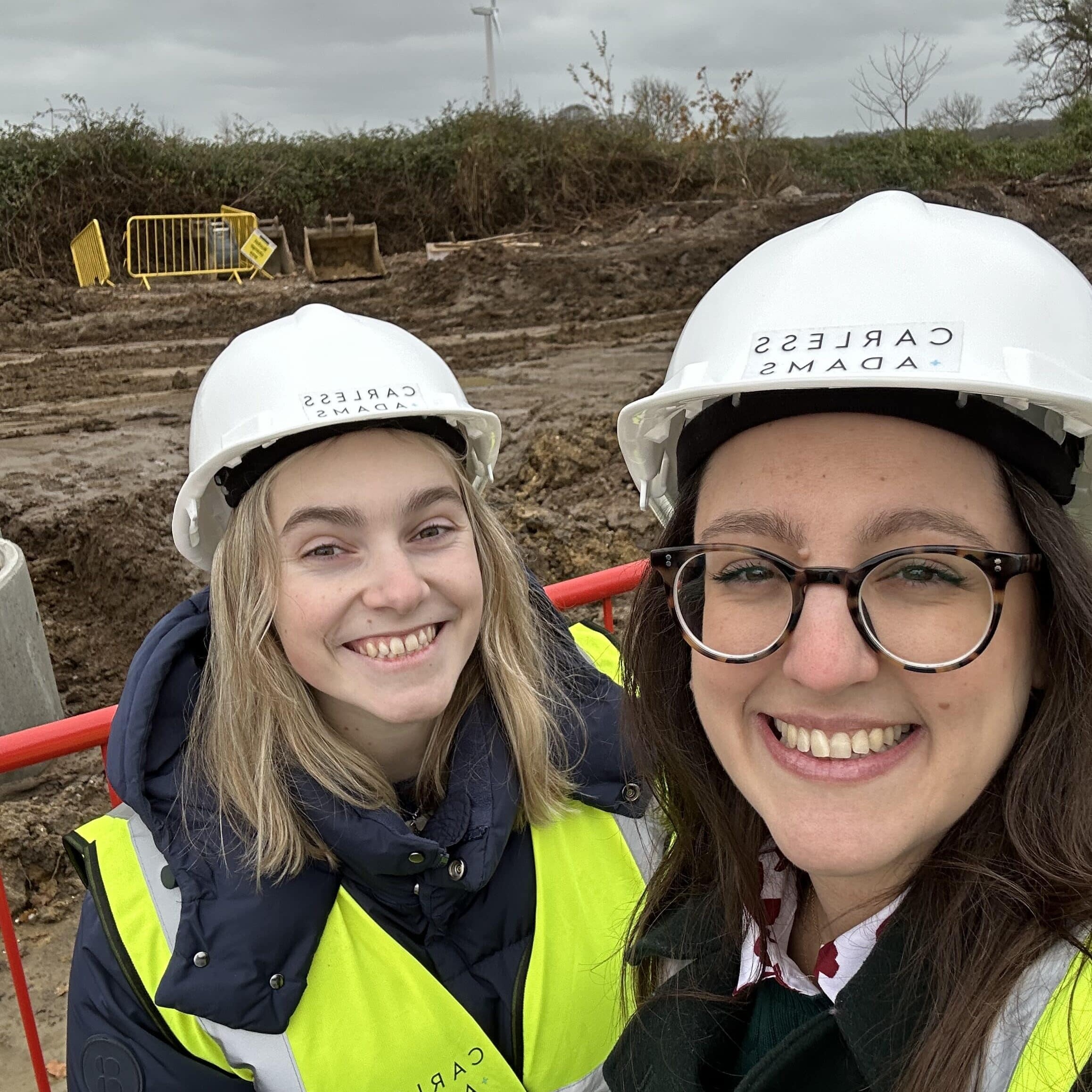The importance of kitchen design to the success of a care home
As an architectural practice who designs purely for the assisted living and care sector, Carless + Adams has been discussing various topics surrounding what good design should be in a care home and will be publishing a series of blogs to share knowledge, to start conversations and to keep learning.
As with the design of all our care homes, for these blogs we have put great emphasis on the resident’s wellbeing and creating a successful environment to facilitate and improve their daily life as well as for the staff who work there. This first blog in the series focuses on the design of the kitchen within a care home and the impact that it has on the success.
Food and nutrition is important to ensure that our bodies have sufficient energy and are able to function correctly, and this applies to everyone not just the elderly. Enabling care home residents to have a varied, balanced and nutritious diet can contribute to improving their overall wellbeing. Having the facilities to be able to accommodate for different cultural and dietary requirements is essential as well as having an understanding of the varying needs of the residents, for example residents with dementia or with physical disabilities.
Looking forward to your next meal and having choice is important and care homes often offer an extensive menu. Allowing residents to grown and pick their own fruit and vegetables involves them in the food preparation process and engages their minds to focus on the growth to table process. Some care homes have an on-site convenience store enabling the residents to collect milk and daily groceries, retaining a sense of routine and independence one would have outside of the care home. At the forefront of enabling this is employing passionate staff who care about the food they cook and suitable facilities to offer such services.
The journey of designing the kitchen starts with having an understanding of whether the care home is to be a new building or if it’s an existing building. In an existing building there will be greater constraints to what the kitchen might look like and its location within the space available. However, in a purpose-built care home it can be designed appropriately to suit. Many of the aspects of design that will be mentioned further in this blog can also be factored in from the outset, avoiding retrospective design in the future of its operation.
Once this has been established, where the kitchen is sited is the next step. Ideally the kitchen needs to be at ground level of the care home enabling level access for deliveries. It is also advantageous for it to be located near the dining room so that the food can be transported there smoothly, discreetly. To help reduce cross contamination a space for incoming deliveries and an unpacking area is important so external access is required. There are different types of storage areas which need to be factored in as well as the management of waste and a suitable space for the preparation of food.
As the design develops it is advantageous for a kitchen specialist to be appointed as early as possible. They will design the kitchen in more detail and ensure that it functions to its full potential to cater for the number of residents and staff within the care home. It is also important to consult with a mechanical engineer to ensure that the correct equipment can be incorporated into the design to enable sufficient heating, cooling and ventilation and fit the equipment required for a functioning kitchen. In terms of the design, the architect will ensure the ceiling heights can incorporate a service void for the required ducting and that siting of this equipment is out of the way, ideally terminating on the roof, so consideration of this at the planning stage is crucial.
The size of the kitchen depends upon the size of the building and goes hand-in-hand with how many bedrooms are provided and the level of service that the operator is aspiring for. Some providers may simply need a space to heat up pre-prepared meals, where others may provide a restaurant standard kitchen that allows for fine dining. Depending on the kitchen size and its’ facilities there may be more than one sitting to help manage the kitchen effectively. Therefore, knowing how the operator intends to run the home is very important at the early stages of the kitchen design. In the case of existing buildings, it is also important to work out what is actually achievable with the space available and, quite often, if an existing home is being extended then the kitchen needs to be able to cater for the extra bedrooms being provided. Although the key focus is on catering for the residents, the staff’s wellbeing must be taken into consideration as they will be spending a lot of time in these spaces and the operator will have a duty of care to ensure their safety.
In addition to the main staff kitchen a ‘therapeutic kitchen’ can also be provided or incorporated into the dining spaces to allow the residents to carry out baking and other food related activities themselves in a safe environment. Having a familiar setting with all the sounds and smells of a more domestic scale kitchen can help to trigger fond memories for the residents with dementia.
The kitchen is a very complex and vital aspect of the care home. Its consideration from the outset is key as well as how it is operated in reality and managed. Although this is not an exhaustive list of what a kitchen in a care home consists of, we hope this identifies some of the key considerations when designing a care home or assisted living accommodation to highlight the importance of the often-unseen supporting functions in a care home.


